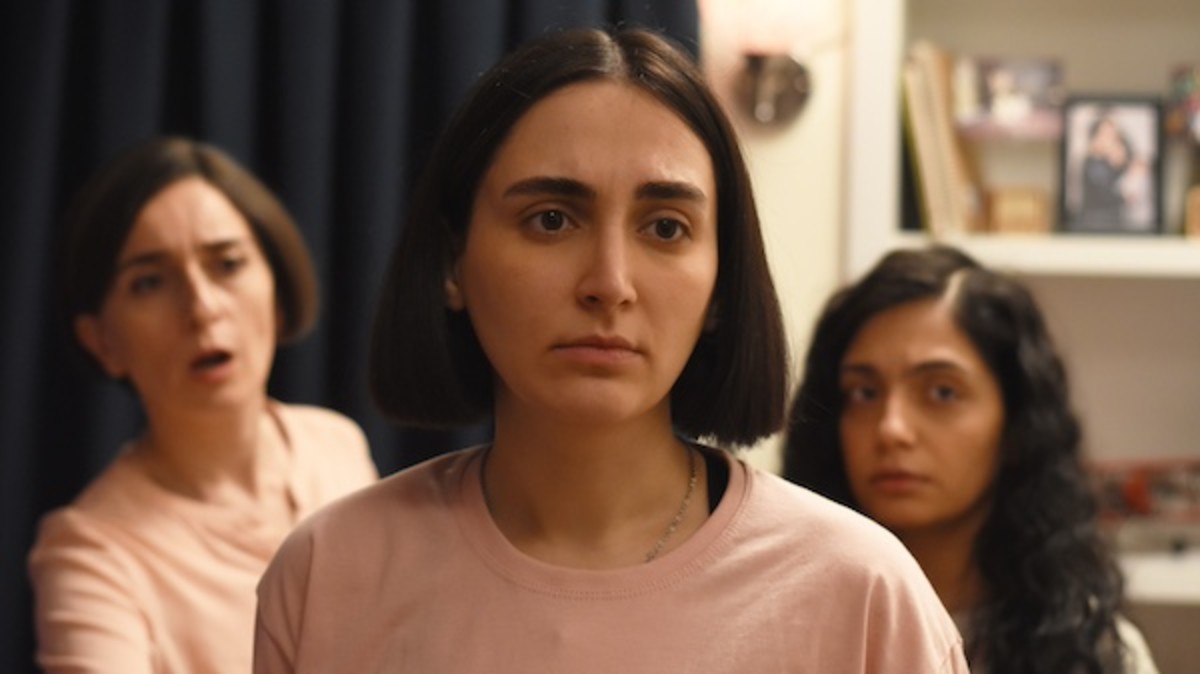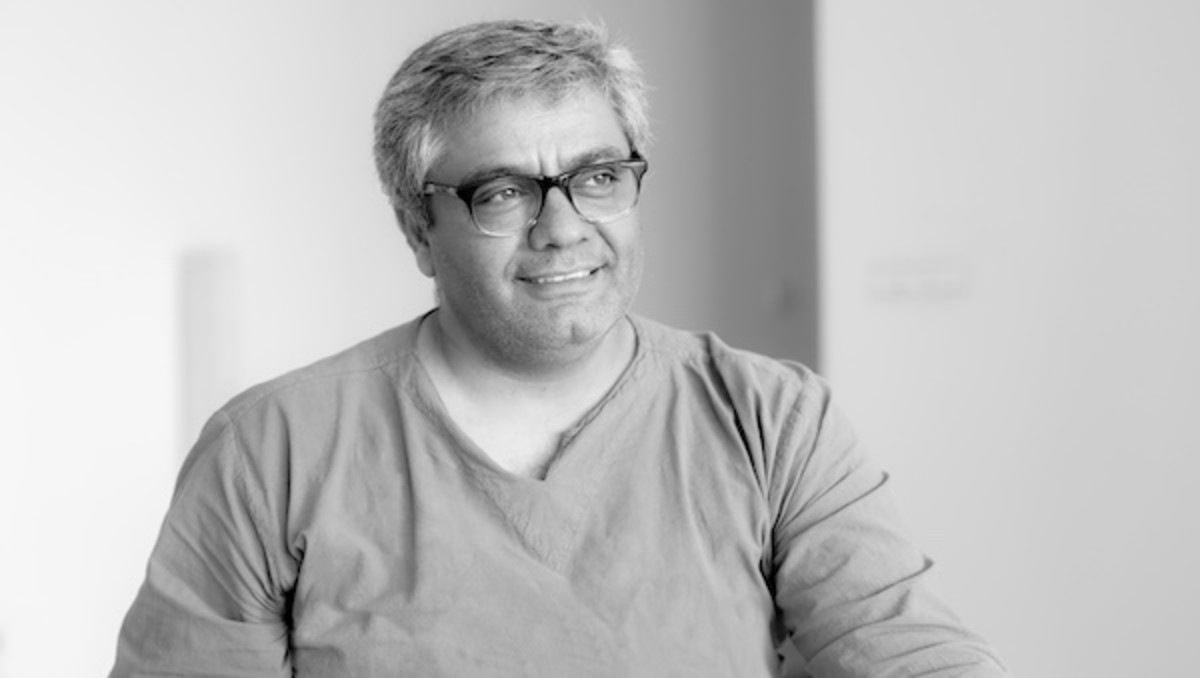For Script Magazine
Andrew Buckland and Scott Morris delved into their close collaboration with each other and director James Mangold, discussing the challenges of editing live performances, integrating archival footage and sound, and creating the narrative and musical rhythms of the film.
It was a pleasure to speak with Academy Award®-winning film editor Andrew Buckland and Scott Morris about their editing work on A Complete Unknown. Buckland began working with director James Mangold on Knight and Day and The Wolverine, and has extensive credits on narratives and documentaries. Morris, named one of Variety’s top 10 Artisans to Watch, has worked with directors James Gray, Adam McKay and Gareth Edwards.
Buckland and Morris delved into their close collaboration with each other and director James Mangold, discussing the challenges of editing live performances, integrating archival footage and sound, and creating the narrative and musical rhythms of the film.

Kouguell: Tell me about your collaboration with each other and with director James Mangold.
Buckland: It was a great collaboration. We like to use the word “organic”. I started on the project and then Scott came on a few weeks later. It was pretty clear that he and I have very similar tastes, sensibilities and philosophies. Scott just jumped right in and took the next batch of dailies and started working. It was great because we really needed to move quickly.
Morris: I’m new to Andrew and Jim Mangold and the team he’s cultivated over the years, and I was so grateful to be welcomed into the team. Andrew is such a great collaborator, and Jim is incredible. I was just thrown right into it. We were so fortunate to have similar sensibilities.
Kouguell: Were you cutting every day while they were shooting?
Buckland: Yes, we tried to as much as possible. When they were done shooting, Jim would come back and expect to see a cut of the film.
Morris: [laughs] No pressure.
Buckland: [laughs] Yes, no pressure, Jim likes to work with more than one editor and he likes to move fast. I think we only had about four days when we presented basically the first cut, what they call an assembly but I don’t really like using that word so much.
Morris: More refined.
Buckland: A lot more refined.
Morris: Jim likes to work with the editors during the shoot, so he’ll shoot all day for 12 hours and then he returns to his place in New Jersey and goes on Evercast, virtual editing sessions. We’re in Los Angeles and we’d be refining the scenes a little bit together, so that by the time we did watch the cut when he got back to L.A., he’d already done a pass on most of the scenes with us where we refined them a bit.
Buckland: It’s always scary to see the first assembly, especially for a director because you’re now presented with what you’ve shot. Fortunately, Jim was pretty happy, and then when we worked from that, and just dove in and started working.
Kouguell: I recently interviewed Myron Kerstein, the editor of Wicked for this publication and we spoke in depth about the fact that most of the songs were performed live on set and some of the challenges. It’s interesting that in your film most of the performances are also live.
Buckland: What’s unique about this movie is there are a lot of performances. And yes, most of the performances are shot live. They’re not shot with a pre-record. Timothée really wanted to sing live, which means each take is unique. You can’t really group these many takes of the same shot together, which is sunk to a singular music piece, which allows you to move between the takes without worrying about losing sync.

Morris: One thing I’ll add that’s unique about this film, is that it’s folk music. It’s very authentic and intimate. Sometimes it’s just a guitar and a voice, and the way Jim directed us was that our characters were driving all these musical scenes and that it wasn’t about watching a performance. It was about how our story is progressing, and how the characters are driving us through the scene. It was almost oddly kind of like editing a dialogue scene, except we are now beholden to the timing of the music and the lyrics have to be the right timing for where it is in the song. So you have this extra complication. You’re really cutting a scene for drama and for story and the music is a constant in the movie.
Kouguell: How did you two discover the editing rhythm in the film?
Buckland: We worked a lot on that with Jim. He wanted to create this propulsion through the film within the scenes. We were very conscious of finding the essence of the scene and moving on and not lingering. It’s the age old adage, get in as late as you can and get out early as you can. The music element allowed us to have propulsion as well.
Kouguell: Did you stick close to the screenplay during the editing process?
Morris: It was a very tight script but there were definitely some changes. There was the regular old compression because most of these were live performances. They recorded most of the song and in some cases, the entire song and some of these tracks are seven minutes and we obviously had to truncate them in such a way that the audience would not feel cheated.
Kouguell: The film integrates historical footage from the 1960s. Let’s talk about this and how you worked with that.
Morris: There are little things like the script mentions the Beatles and the British invasion and rock and roll; it’s subtly there but we’re not putting it in your face, it’s just a part of the world. When you have the death of JFK, the Cuban Missile Crisis, for example, the anti-war songs are narratively linked and deeply woven into the story we’re telling and then showing how these events are affecting the characters.
Buckland: These elements create a context of the time period that these characters are living in without being too on the nose about it. We just really wanted to try to incorporate it organically in the story. So it is the context of the scene but it’s not the focus of the scene.
Kouguell: What additional challenges did you find editing the musical performances?
Buckland: When they covered some of these scenes of a musical moment, they covered it with multiple cameras. So you have a multiple of two or three cameras covering the same moment and then multiple takes of that. Each grouping of those three cameras is its own take with the music attached to it. It’s unique in terms of tempo and phrasing and you end up with multiple takes. There’s multiple groupings; three camera groupings, for example. If they were shooting with a pre-recorded piece of music, it would be much easier to group; they would be perfectly in sync with the music but that wasn’t possible.
Kouguell: Did the fact that the film is based on an actual person, Bob Dylan, a music icon, influence your editing at all?
Morris: It was about Mangold’s script and treating them as characters in the film. Yes, there’s the awareness of the reality that they’re alive and these are historical figures, but it was about making the film work, and then focusing on the characters and digging into the scenes.
Buckland: Timothée brought his unique perspective on the character so you want to honor what he’s doing and try to bring that out in the cutting and not be a witness. And, not be overly concerned about the real Bob Dylan, because who is he? [laughs] I mean, I don’t know, right?
Morris: [laughs] Right.


